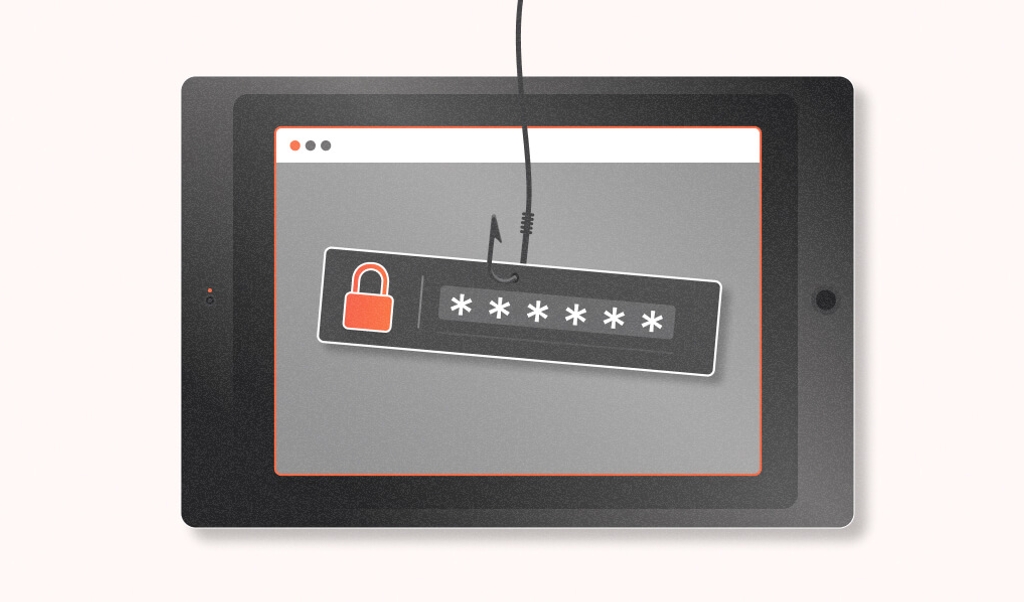
As we say goodbye to 2022 and look toward the future, we must be aware of the fraud trends shaping the next few years. This past year, we saw the rise of phishing attempts, NFT fraud, and large-scale social engineering attacks, to name a few. For example, over 255 million phishing attacks during the first half of this year alone.
With more and more businesses relying on fully digital operations for their organizations, the opportunity to be affected by fraud only increases as companies grow. Let's discuss four of the biggest fraud threats to business in 2023.
Beyond Phishing: The Rise of Smishing (SMS Phishing)
Smishing is a phishing attack that happens over text messages (SMS) instead of email. Attackers pose as trustworthy entities, such as a bank or government agency, and try to get victims to click on a malicious link or share sensitive information. Similar to suspicious emails, these messages will be sent via text and include nefarious URLs.
While less than 35% of people in the US know what smishing is, reports of smishing have tripled over the past couple of years, costing victims and businesses millions of dollars.
Be wary of any texts you receive that ask you to click on a link or provide personal information—even if they appear to be from a reputable source, that you usually receive text message notifications. Access the company from their website to confirm the notification/message when in doubt.
One Number Away: Synthetic ID/Fake Identity Fraud
Synthetic ID fraud is a type of identity theft where criminal actors will use fake or stolen identities to open new accounts. They'll often use accurate information like Social Security Numbers and birthdates but mix and match different names and addresses to create a new identity. This mix-and-matching makes it difficult for businesses to catch synthetic ID fraud since many traditional detection methods rely on matching up information like names and addresses. Synthetic ID fraud is rising due to the increasing availability of stolen data on the dark web.
We've previously written about this topic, discussing ways to detect bot attacks on your websites and prevent fraudsters from exploiting vulnerabilities on your site.
Cryptocurrency Fraud Still Prevails
Cryptocurrency fraud happens when someone uses cryptocurrency to commit crimes like money laundering or fraud. According to TechTarget, cryptocurrency is a digital currency that uses cryptography to secure transactions. Since cryptocurrency is decentralized and not regulated by governments, it can be challenging to trace and recover stolen funds. Fraudsters will also often take advantage of the fact that many people are still unfamiliar with cryptocurrency, making them more likely to fall for scams.
Scammers utilize several fraud methods, including impersonating businesses, demanding cryptocurrency payments up front, and using online dating sites to fool unsuspecting victims into providing the means to purchase cryptocurrency, such as Bitcoin. Since cryptocurrency transactions are primarily anonymous and untraceable, once the money is sent, it's rarely recovered.
Earlier this year, we discussed the rise of NFT fraud and how cryptocurrency fraud methods play a similar role in NFT fraud. Businesses that accept cryptocurrency as a payment method should require additional authentication for suspicious visitors during login while keeping your trusted authenticated users unhindered and safe. Using highly accurate browser fingerprinting is one way to accomplish this without compromising the overall user experience.
Digital Acceleration Is Here To Stay
The COVID-19 pandemic accelerated the digital transformation of businesses worldwide, called digital acceleration. While this shift has brought many benefits, it also created new opportunities for fraudsters. Many companies are now relying on digital tools and processes that they're not familiar with, which can make them more vulnerable to attacks. Additionally, the increased use of online services has made it easier for criminals to commit fraud without contacting their victims.
To help educate and protect your employees, you can implement two suggested programs:
- Standardize your software procurement process: Establish a documented process across your organization that all software must go through before purchasing. As you scale and grow, this becomes an individual department, but smaller businesses can begin with a checklist shared across departments. The checklist should include a security review, especially for any software that processes or captures personally identifiable customer data or PII. This will protect your company from fraudulent scams during software purchasing.
- Offering regular annual employee security training: Don't rely on your employees to know every fraud type. Fraud attempts happen daily, change over time, and are becoming more sophisticated daily. Help your employees spot fraudsters targeting them through email phishing, social engineering, SMS phishing, and more.
As we move into 2023, it's crucial to be aware of significant fraud trends shaping the next few years. By understanding smishing, synthetic ID fraud, cryptocurrency fraud, and digital acceleration issues, you'll be better equipped to protect yourself and your business from these threats. You'll also be able to implement better cybersecurity protection measures such as bot detection or browser fingerprinting.



